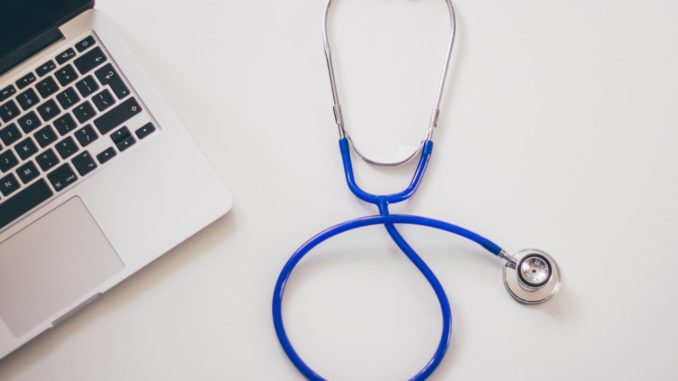
Technology has improved people’s quality of life all over the globe. It has provided a level of convenience unmatched in history and is expected to be bested by future innovations. Among all areas of life that have changed, it’s health care that has greatly improved and benefited from it.
The number of breakthroughs that have transpired in the past years increased life expectancy. It made seemingly impossible feats possible (think brain implant therapies for the paralyzed) and have restored hope for people who yearn to live long and live well. Despite this, there are still naysayers who fear technology in health care will do more harm than good (think chemotherapy versus veganism for cancer patients).
Setting aside the truly breathtaking advancements, there are innovations currently effect that are already changing lives. While certain endeavors warrant questioning, technology in itself is a hero, not a villain, and there are three primary reasons for this.
Accessibility Is Everything
There are hospitals and clinics in remote places that need drones to get access to much-needed medical supplies. When emergencies necessitate plasma and tissue, drones not only make it possible to acquire these hard-to-get items. They also enable the deliveries to be made through severe weather and across mountainous terrain. It has overcome common barriers to speedy delivery, which often means the difference in saving lives.
It’s a particularly essential service in places like the Philippines, India, Rwanda, and Ghana, where there are locations that are difficult to access. Through this technological advancement, more people can have an opportunity to get better health care.
Efficiency is a Must
There are different kinds of health crises. Some of them are cardiac arrests in the crowded park, a freak accident on the highway, or even a schizophrenic’s manic episode in public. This is especially true when health workers and police officers deal with someone who has a history of mental disorder, as it’s more tricky to manage. In such cases, the respective correspondents perform best when communicating with other health institutions and sharing information. This is what crisis intervention software aims to achieve.
Believe it or not, sharing information about a person’s medical history is more difficult than it seems due to privacy regulations. There’s also the matter of preparedness because health facilities perform better when they receive a heads-up about what’s coming their way. When technology helps health professionals and first responders cooperate during a crisis, they reduce risks that can otherwise lead to death.

Diagnosis is Crucial
Early diagnosis, specifically in diseases like cancer, is critical to one’s survival. The problem lies in that certain types like lung cancer are often difficult to diagnose until it has reached stage 3 or 4. By then, it’s too late for most patients. There’s also the matter of false positives made by radiologists, which lead to invasive procedures that some patients don’t actually need.
Scientists have developed an AI that reduces the margin for error when reading CT scans. So far, Google’s algorithm produced 11 percent fewer false positives and 5 percent more confirmed positives than the output radiologists produced. While this AI is still undergoing improvements, similar diagnosis methods are being considered for other fields to minimize errors. When this succeeds, more people can survive cancer than in the years past.
Supporting Technology
While not everyone can create machines that improve health care, it doesn’t mean that you have no role to play in its advancement. Staying aware of its impact on society and supporting its development has the potential to make lives all around the world just a tad bit better.
